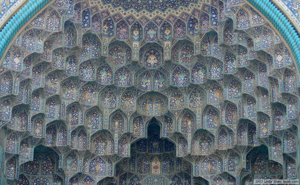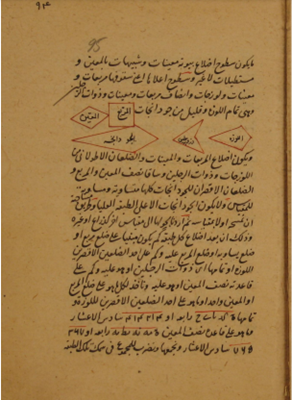Extracting Toponyms from Maps of Jerusalem: Difference between revisions
Jump to navigation
Jump to search
| Line 148: | Line 148: | ||
[https://github.com/kaedejohnson/jerusalem_maps_epfl_dh405] | [https://github.com/kaedejohnson/jerusalem_maps_epfl_dh405] | ||
==References== | ==References== | ||
* Kim, Jina, et al. "The mapKurator System: A Complete Pipeline for Extracting and Linking Text from Historical Maps." arXiv preprint arXiv:2306.17059 (2023). | * Kim, Jina, et al. "The mapKurator System: A Complete Pipeline for Extracting and Linking Text from Historical Maps." arXiv preprint arXiv:2306.17059 (2023). | ||
* Li, Zekun, et al. "An automatic approach for generating rich, linked geo-metadata from historical map images." Proceedings of the 26th ACM SIGKDD International Conference on Knowledge Discovery & Data Mining. 2020 | |||
** [https://github.com/machines-reading-maps/map-kurator GitRepo] | ** [https://github.com/machines-reading-maps/map-kurator GitRepo] | ||
** [https://knowledge-computing.github.io/mapkurator-doc/#/ GitIntro] | |||
Revision as of 13:04, 5 December 2023
Introduction & Motivation
Muqarnas Definition
Muqarnas elements
Muqarnas Types
1. Simple Muqarnas: the ceilings have plane surfaces only
| [[]] |
Methodology
Create the shapes in 2D
Transform the shapes in 3D
The Arc from the Method of Masons
The 3D Projection
Create the 2D plan and the 3D volume
- Step 1:
- Step 2:
In practice
Project Plan
| Date | Task | Completion |
|---|---|---|
| By Week 3 |
|
✓ |
| By Week 4 |
|
✓ |
| By Week 5 |
|
✓ |
| By Week 6 |
|
✓ |
| By Week 7 |
|
✓ |
| By Week 8 |
|
✓ |
| By Week 9 |
|
✓ |
| By Week 10 |
|
✓ |
| By Week 11 |
|
✓ |
| By Week 12 |
|
✓ |
| By Week 13 |
|
✓ |
| By Week 14 |
|
✓ |
Results
3D shapes
3D shapes with curve
2D Plan for Muqarnas model
Simple Muqarnas
Curved Muqarnas
Limitations
Future work
Github Repository
References
- Kim, Jina, et al. "The mapKurator System: A Complete Pipeline for Extracting and Linking Text from Historical Maps." arXiv preprint arXiv:2306.17059 (2023).
- Li, Zekun, et al. "An automatic approach for generating rich, linked geo-metadata from historical map images." Proceedings of the 26th ACM SIGKDD International Conference on Knowledge Discovery & Data Mining. 2020

